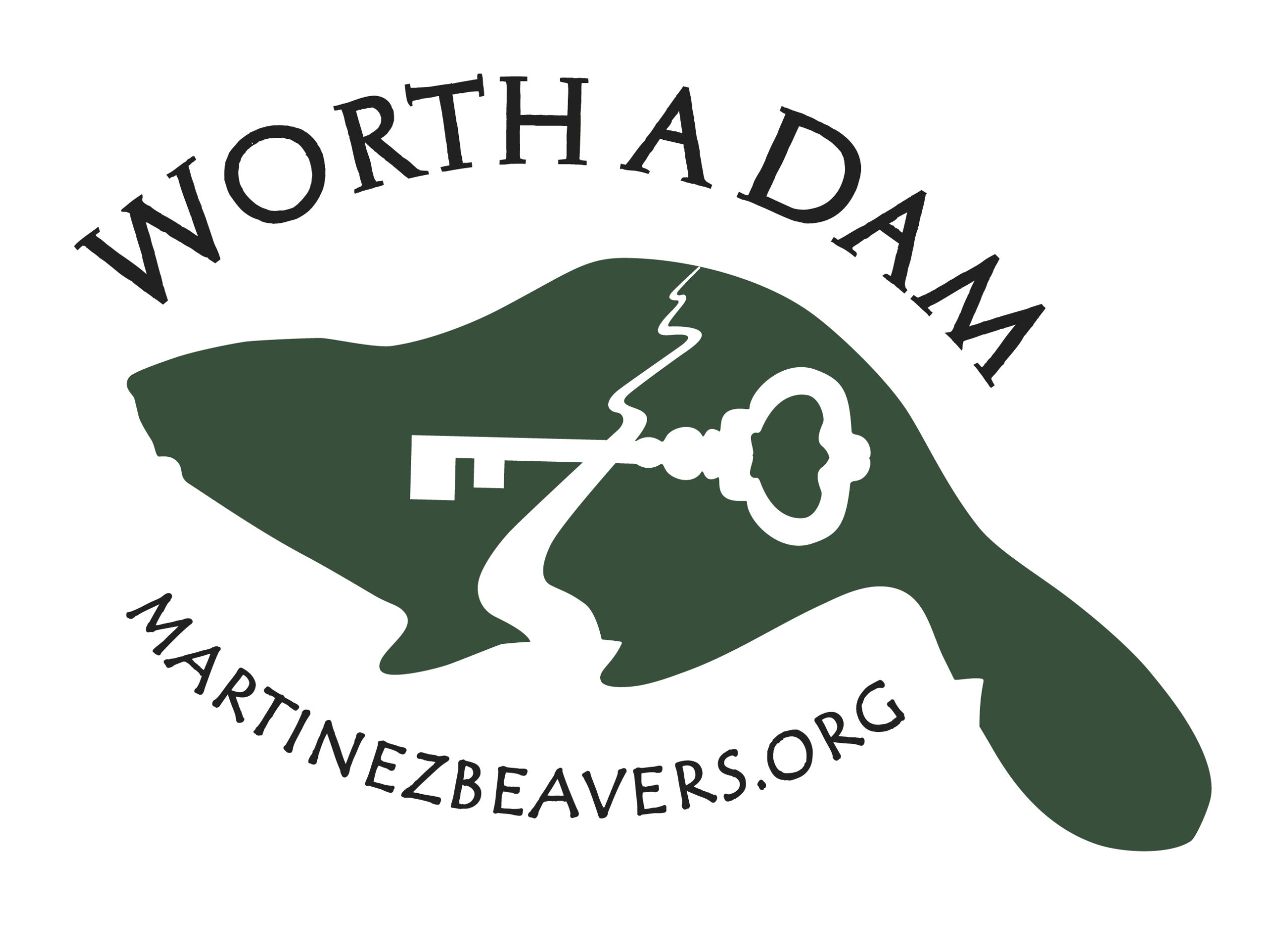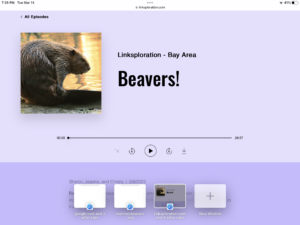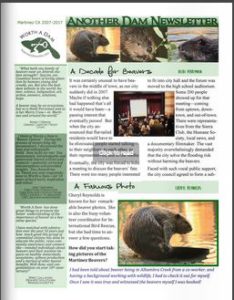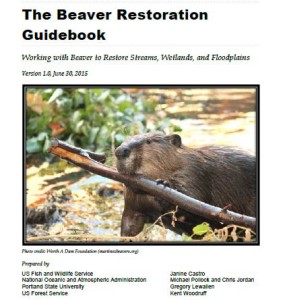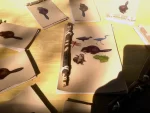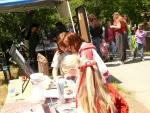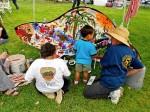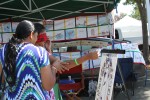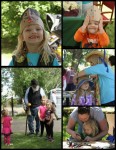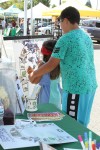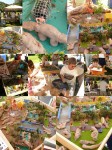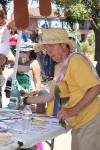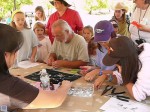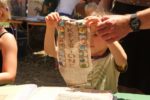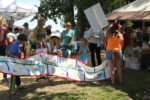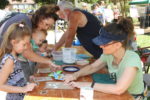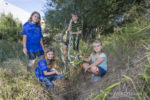After the meeting, s/c member Igor Skaredoff asked me to stop by the Friends of Alhambra Creek Council meeting Mitch Avalon is also a member of both and gave an excellent summary of the beaver “story so far”. It was an opportunity to speak about the overlap between watershed issues for both the beavers and the creek, and it was clear that there was an interest in allowing the beavers to be a kind of “spokesperson” for larger creek issues.
This was the first time I sat in any meeting (with the exception of the dynamic november 7th council meeting) where it actually felt possible that the beavers might be allowed to stay. This is a very knowledgeable group of people with connections to larger environmental groups and city staff. Survival of our beaver family has always depended on a confluence of interests: economic, civic, educational or environmental.
With some key exceptions, most people have not been drawn into this issue because of the beavers inherent value–but rather because of how the beavers might impact another particular issue they care about. Beavers create enormous attention and interest in the creek, and this is a huge selling point for their support. I am thrilled that our interests so clearly overlap and have been asked to do a similar talk for “Friends of Pleasant Hill Creeks” Next month.
Jon reported this morning that there was a nice amount of beaver activity down at the bridge. Kits with branches and Dad with a large green clump of moss or other foliage. Everyone heading back to the lodge with something to snack on during their “off” hours. At the creek meeting one very thoughtful educator asked me about my significant time committment for the beavers. It was the first time the issue has come up. I thought about the tuesday night meetings and weekends “docenting” at the bridge and answered, “The beavers gave me an amazing summer. I could wake up every morning, walk 8 blocks from my house and see four kits engaged in a delightful variety of behaviors I will never see anywhere else. They gave me a fantastic gift, and I feel like I want to give them a little something back.”I hope we all can.
